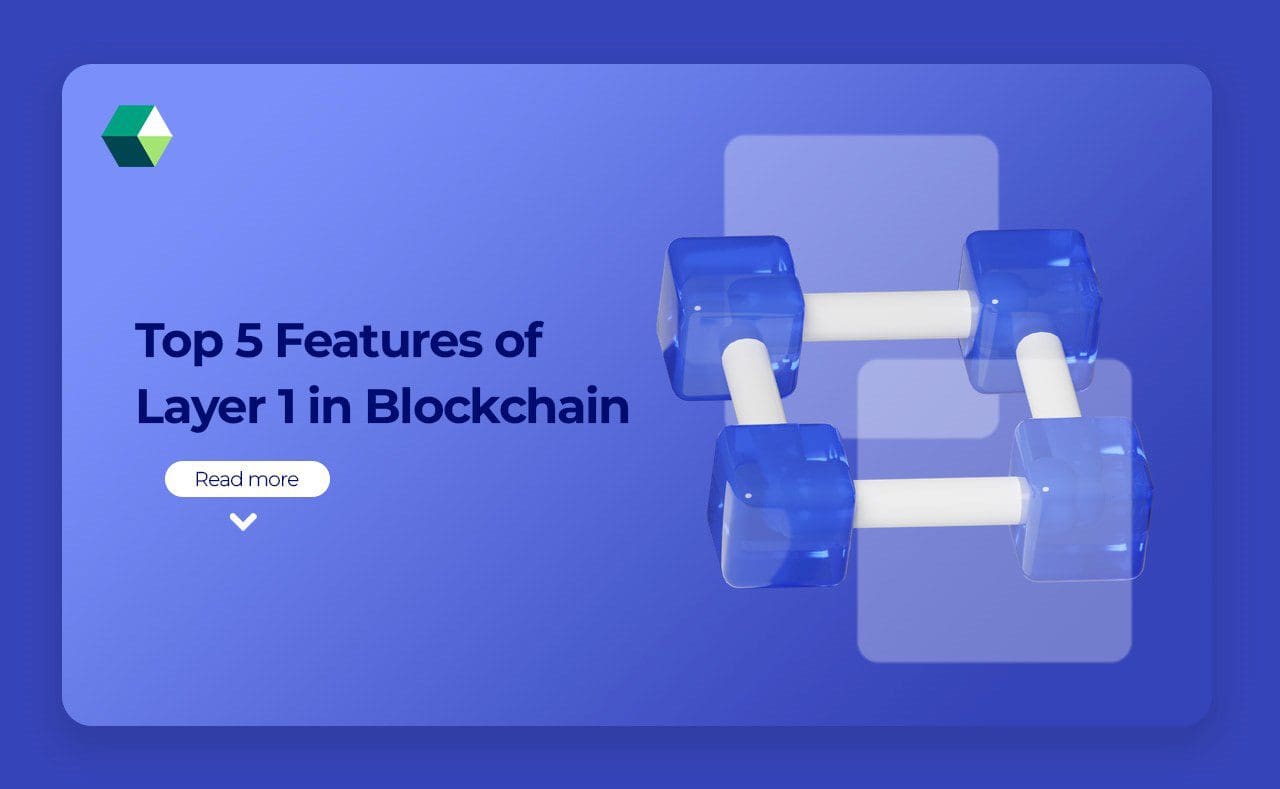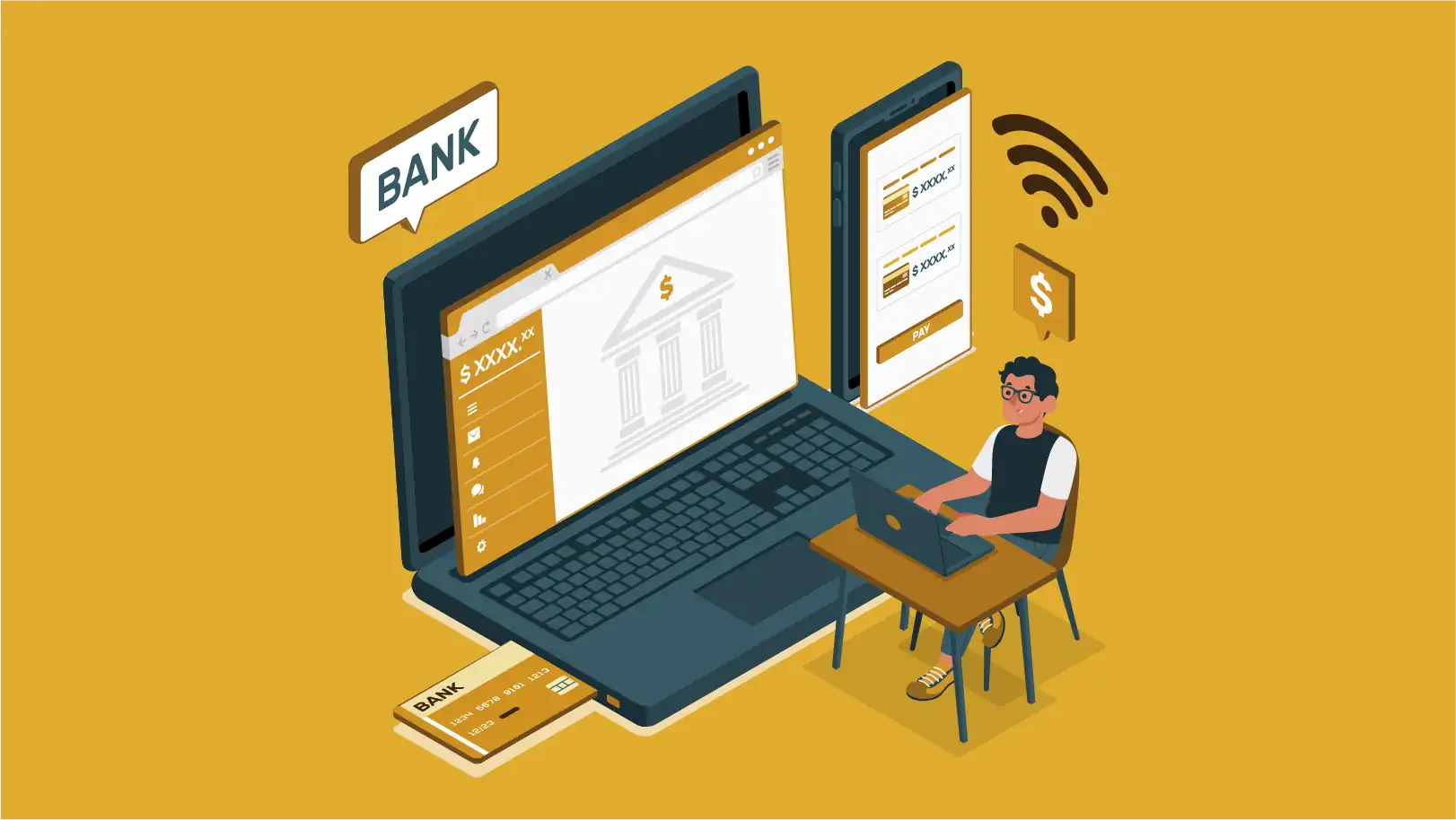
Layer1 in Blockchain form the foundation of the entire blockchain ecosystem. These fundamental layers are responsible for the core functions of the blockchain network, including transaction processing, security, and data integrity. Layer 1 blockchains represent the bedrock upon which the entire ecosystem is built. These foundational layers are crucial for the fundamental operations of any blockchain network, handling essential tasks such as transaction processing, security, and maintaining data integrity.
What is Layer 1 in blockchain?
Layer 1 in blockchain refers to the foundational protocol layer of a blockchain network, which encompasses the core architecture and functionalities that underpin the entire system. This layer is responsible for crucial aspects such as transaction processing, Consensus Mechanisms, and network security. Essentially, Layer 1 is the base layer upon which additional protocols and applications are built. For a Blockchain Development Company, understanding Layer 1 is fundamental to developing and implementing blockchain solutions. This layer dictates how transactions are validated, how data is structured and maintained, and how the network achieves consensus among participants.
How Does Layer 1 Work in Blockchain?
Layer 1 in blockchain functions as the primary framework that underpins the network’s operations. It is responsible for the fundamental processes that allow the blockchain to function, including transaction validation, consensus mechanisms, and network security. When a transaction is initiated, Layer 1 ensures that it is validated according to the blockchain’s protocol rules. This involves verifying transaction details, achieving consensus through mechanisms like Proof of Work (PoW) or Proof of Stake (PoS), and adding the transaction to a block.
The network then secures the block through cryptographic methods, ensuring that the data remains immutable and tamper-proof. For a Blockchain Consulting Service, understanding how Layer 1 operates is crucial for designing and implementing effective blockchain solutions. It allows consultants to assess the strengths and limitations of various Layer 1 protocols, tailor solutions to client needs, and ensure the robustness and efficiency of the blockchain systems they develop.
Top 5 Features of Layer 1 in Blockchain
-
Consensus Mechanisms
Layer 1 blockchains rely on consensus mechanisms to validate and agree on the state of the network. Mechanisms like Proof of Work (PoW) and Proof of Stake (PoS) ensure that all participants agree on the ledger’s accuracy without needing a central authority.
-
Transaction Processing
Transaction processing is a core function of Layer 1 blockchains. This feature handles the validation, verification, and inclusion of transactions into blocks. Blockchain Development Services must optimize these processes to ensure their solutions can handle high volumes of transactions with minimal latency.
-
Security Protocols
Layer 1 provides the foundational security protocols that protect the blockchain from attacks and unauthorized access. This includes cryptographic techniques for Hashing and Encryption, as well as mechanisms for preventing double-spending and ensuring data integrity.
-
Scalability Solutions
Scalability is a significant concern for Layer 1 blockchains as they must handle increasing amounts of data and transaction volumes. Features like sharding, Layer 2 Solutions, and protocol upgrades are employed to improve scalability and network efficiency.
-
Decentralization
A fundamental feature of Layer 1 is its ability to maintain decentralization, which ensures that no single entity has control over the network. This decentralization is achieved through a distributed network of nodes that collectively validate transactions and maintain the blockchain’s ledger.
Impact of Performance of Layer 1 Blockchain
The performance of a Layer 1 blockchain has a profound impact on the overall effectiveness and efficiency of the blockchain network. Key performance metrics such as transaction speed, throughput, and latency directly influence how well the blockchain can handle user demands and scale with increasing adoption. High-performance Layer 1 blockchains ensure swift transaction processing and low confirmation times, which are essential for user satisfaction and system reliability.
For Blockchain Consulting Solutions, understanding the performance characteristics of Layer 1 is crucial for advising clients on selecting or optimizing blockchain technologies. Efficient Layer 1 performance not only enhances the user experience but also impacts the scalability and cost-effectiveness of blockchain applications. Therefore, a thorough evaluation of Layer 1 performance is essential for developing robust blockchain solutions that meet client needs and drive successful implementations.
Common Scalability Solutions Implemented in Layer 1
Scalability is a critical challenge for Layer 1 blockchains, and several common solutions are implemented to address this issue and enhance network performance. One widely adopted approach is Sharding, which involves dividing the blockchain into smaller, manageable pieces called “shards.” Each shard processes transactions and smart contracts independently, allowing the network to handle a higher volume of transactions simultaneously. For Custom Blockchain Development Services, integrating these scalability solutions is essential to build efficient and scalable blockchain systems tailored to specific client needs. By leveraging these techniques, developers can create blockchain solutions that effectively handle increasing user demands and data volumes while maintaining performance and reliability.
How Does Layer 1 Handle Security Against Attacks?
-
Consensus Mechanisms
These mechanisms require significant computational or financial investment, making it difficult for attackers to compromise the network without substantial resources.
-
Cryptographic Techniques
Hash functions and encryption methods ensure that transaction data and user information are securely encoded and resistant to tampering or unauthorized access.
-
Network Distribution
This widespread distribution means that there is no single point of failure, reducing the risk of attacks such as DDoS (Distributed Denial of Service) and enhancing overall network resilience.
-
Double-Spending Prevention
This is typically achieved through consensus rules and ledger validation, ensuring that once a transaction is confirmed, it cannot be altered or duplicated.
Why Partner with Nadcab Labs for Layer 1 Scalability?
Partnering with Nadcab Labs for Layer 1 scalability ensures that your blockchain network can handle increasing transaction volumes and user demands efficiently. As a leading Blockchain Development Company, they specialize in optimizing the scalability of Layer 1 solutions through advanced techniques and custom strategies. Their expertise encompasses a deep understanding of blockchain architecture and consensus mechanisms, allowing them to design scalable solutions that enhance performance while maintaining security and integrity. By leveraging their comprehensive blockchain consulting services, you can achieve seamless scalability that supports future growth and delivers a robust, high-performing blockchain network.






